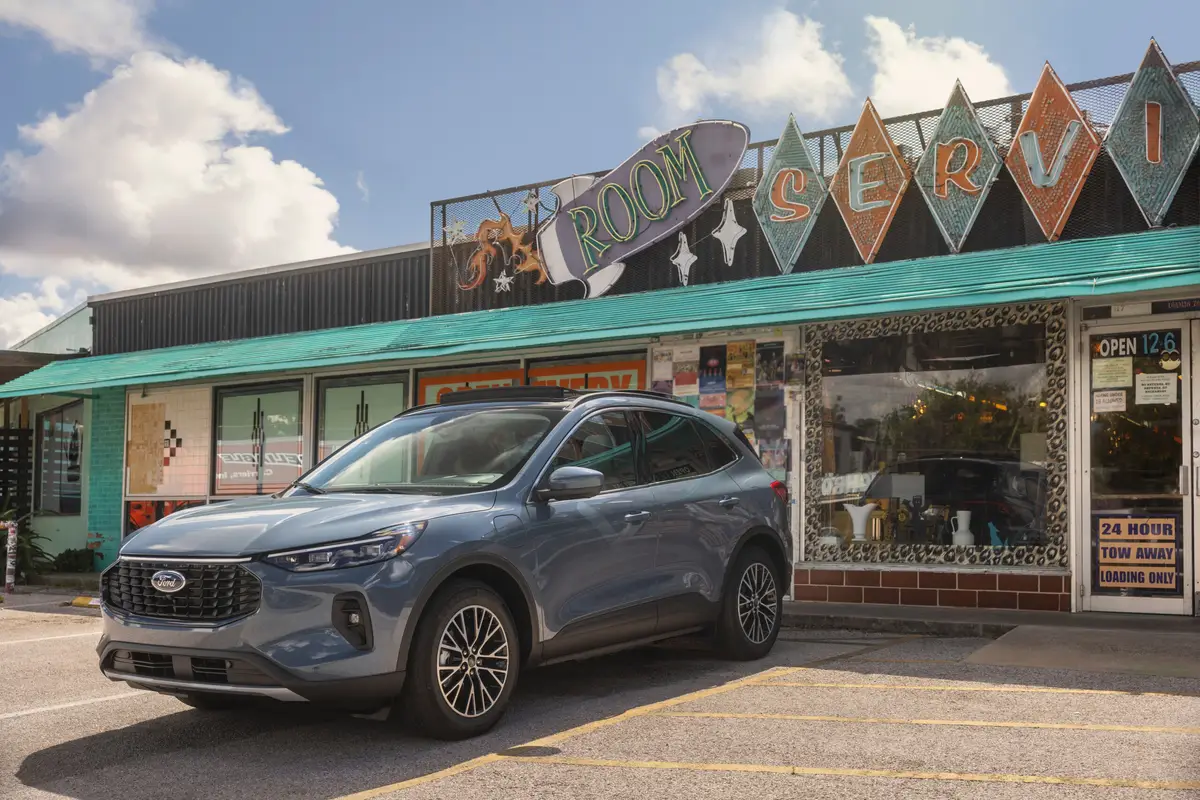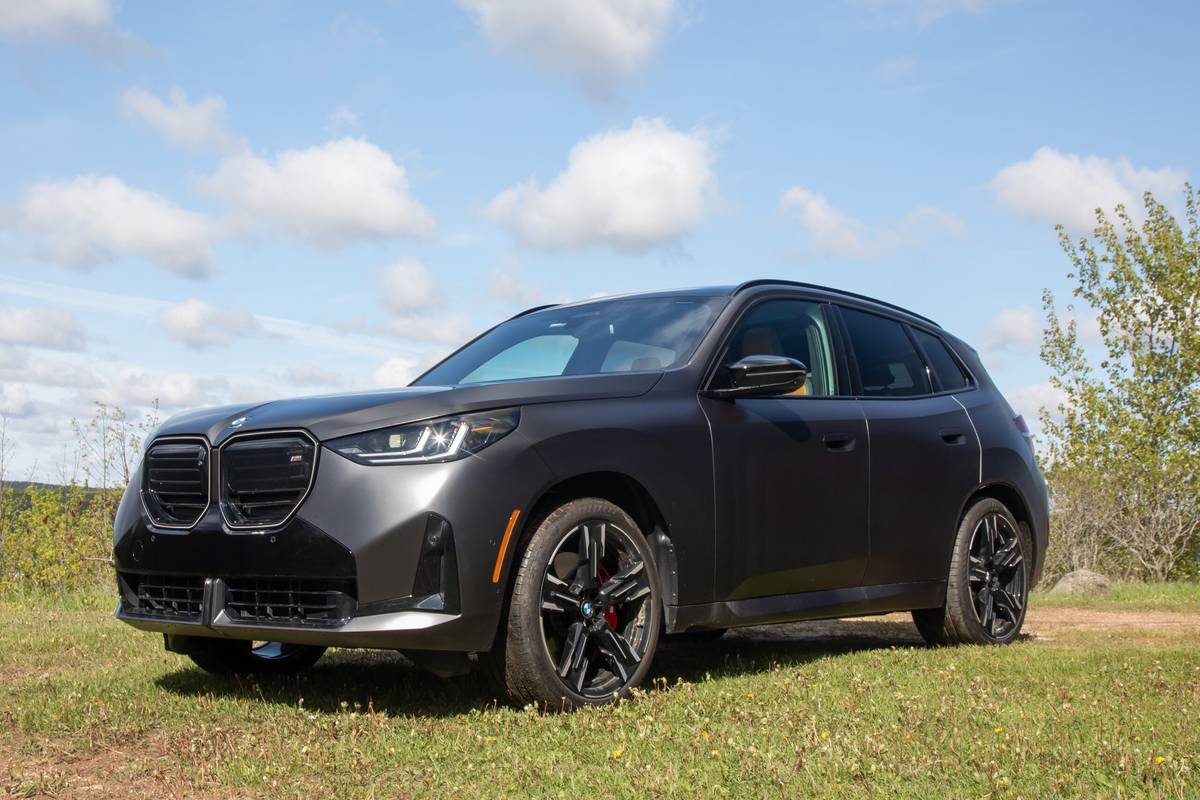The Morning Call and Mcall.com's view
Hyundai is one of the big automotive success stories of the late ’80s and it appears this Korean manufacturer is about to become even more successful.
But then, South Korea itself has been growing rapidly in automotive production. In fact, Korean motor-vehicle production has nearly tripled since 1985. There’s no big secret about Korea’s success – cheaper labor.
A few years ago not many people could even pronounce Hyundai (it rhymes with Sunday). And while even today it is still not a household word, the cars produced by this huge multinational enterprise (31 wide-ranging companies) have certainly made an impact on the marketplace.
The success of Hyundai is even more impressive when you consider the company really only offered one car, the Excel. This subcompact is available in several body styles and trim levels but it is basically the same car.
So, Hyundai did the logical thing and placed another car in the lineup. The new front-wheel-drive Sonata four-door sedan is bigger, more luxurious and a logical step for Excel owners who want to go upscale. It should also attract buyers of other similar imports.
As with the Excel, the Sonata comes with a long list of standard equipment. The test car, a top-of-the-line GLS with four-speed automatic (supplied by Chris Koch Hyundai, Emmaus) came with an even longer list, all at what could be considered a competitive price.
Since price is one of Hyundai’s big selling points, let’s start with that. The price for the basic Sonata with five-speed manual transmission is $9,695. This is for a nicely equipped automobile with a good level of trim and appointments. The GLS with automatic has a price tag of $12,305.
Included as standard equipment are such items as power steering and brakes, tachometer, tilt steering column, digital quartz clock, rear window defroster, rear seat heater ducts, cruise control, power antenna, AM/FM stereo cassette with six speakers, power windows, power door locks, manual six-way adjustable driver’s seat, dual power mirrors and several upscale trim items.
The test car with three options – passive restraint system, $125; deluxe radio, $145, air conditioning, $745 – and an inland freight and handling charge of $275, had a final price of $13,595.
The Sonata is basically a Japanese car being built in Korea. The car’s design has a contemporary wedge look to it and features aerodynamic touches such as integrated front bumper, steeply raked windshield and semi-flush glass.
Wheelbase measures 104.3 inches, length 184.3 inches, width 68.9 inches and height 55.4 inches, and the curb weight is 2,783 pounds. With an interior volume index of 114 cubic feet (100 interior, 14 luggage), the Sonata is a real mid-sized car (EPA index between 110-119 cubic feet).
So, not surprisingly, it is a roomy car – roomier than one really expects. The front seats have plenty of leg, foot, head, should er and hip room and there’s enough space for most drivers and passengers. But then most front seats have adequate room. It is the back seat one usually has to worry about. The Sonata’s back seat can accommodate six-footers with ease. Even if the front seats are extended fully aft, there’s 37.5 inches of leg room. The trunk-lid opening extends down to the bumper for easy loading and unloading and a 60/40 split fold-down rear seat allows larger and longer items to be carried.
With its automatic transmission and power equipment, the test car was obviously not a difficult car to drive. The GLS has a full range of easy-to- interpret gauges, and controls are clearly marked. As with many other cars, the radio is inconveniently located and requires a driver to take his/her eyes off the road to hit one of the tiny control buttons.
The four-speed automatic’s shift lever is located in the center console but there are indicator lights in the instrument panel to show the lever position. Fourth, or overdrive gear, has a lock-in/lock-out button on the shift handle. For the most part the transmission can be put in Drive and forgotten.
The power rack-and-pinion steering system is responsive, although not overly so. The suspension features MacPherson struts and a stabilizer bar up front and a semi-independent three-link torsion axle with coil springs and stabilizer bar in the rear. All-season P185/70R14 steel-belted radials are used. Ride and handling are decent.
Powering the Sonata is a transverse-mounted, multi-port, fuel-injected, single-overhead-camshaft, four-cylinder engine. It measures 2.4 liters/140 cubic inches and is rated at 110 horsepower at 4,500 rpm and 138 foot pounds torque at 3,500 rpm.
A unique feature of the engine is its three-valve-per-cylinder design. In addition to the intake and exhaust valves, there’s a ”jet valve” that injects additional air directly into the combustion chamber, producing a strong swirl in the air-fuel mixture for more efficient combustion. Another notable feature are two counter-rotating balance shafts for smoother running.
Although 110 horsepower may not sound like a lot in a car this size, performance is lively. Helping out here is a good spread of gears on the automatic transmission. Mileage is also decent, with the test car averaging 16 miles per gallon for city driving and 24 mpg over the highway. The engine’s 8.5:1 compression ratio works just fine on unleaded regular.
The Sonata is protected by a three year/ 36,000 mile ”bumper to bumper” new-vehicle limited warranty and a 36 month/no mileage limitation corrosion perforation warranty. Also, there is a free, one-year membership in the Cross Country Motor Club.
Latest news



